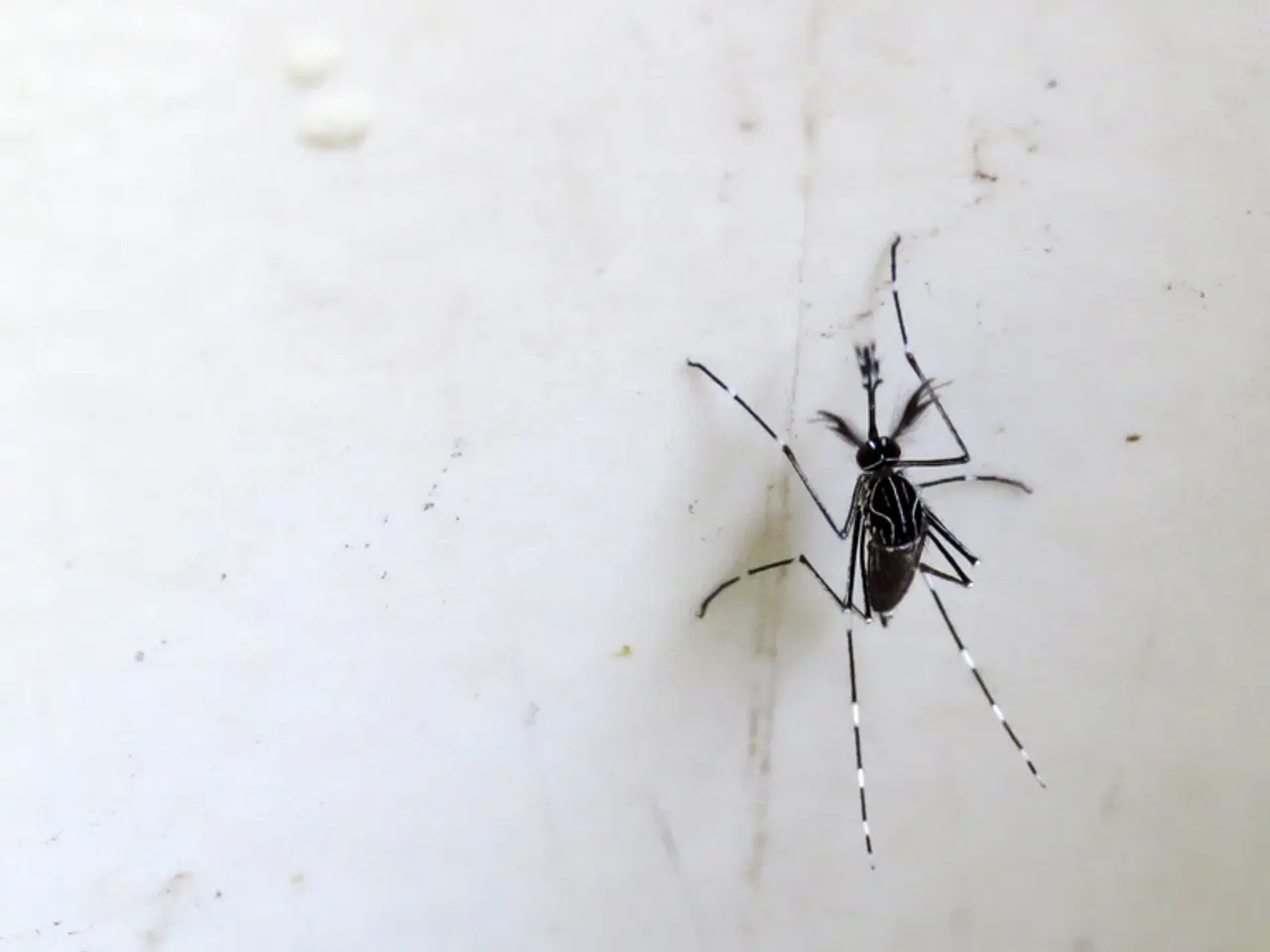Weld County Reports Initial West Nile Virus Case for the Current Season
Weld County, Colorado, has reported its first human case of West Nile virus (WNV) for the 2025 mosquito season. This follows mosquito testing that showed Culex mosquitoes—the primary carriers of WNV—tested positive in several parts of the county earlier in July.
The first human case was confirmed on July 25, 2025, and this development comes after mosquito testing showed that areas around Greeley, Evans, Kersey, LaSalle, Johnstown, Milliken, Platteville, Firestone, Dacono, and Fort Lupton had positive results.
Current Case Numbers and Trends
As of the latest reports, this is the first confirmed human case for 2025 in Weld County. In 2024, there were 15 reported cases in the county. Interestingly, the current year's mosquito counts for Culex species are lower than the five-year average, but they still comprise about 80% of trapped mosquitoes in the monitored zones.
It's also worth noting that mosquitoes in all three sentinel trapping zones have tested positive for WNV.
Symptoms and Risk
Symptoms typically appear 3 to 14 days after infection, with many people asymptomatic. Initial symptoms can include fever, headache, nausea, vomiting, muscle aches, weakness, and rash. About less than 1% of infected individuals develop serious, sometimes fatal neuroinvasive disease. Those over 60 and people with certain pre-existing conditions (e.g., cancer, diabetes, immune compromise) are at higher risk.
Prevention Measures
In light of these developments, health officials strongly recommend following the “four D’s” to reduce mosquito bites:
- Dress: Wear long sleeves and pants when outdoors.
- Dawn and dusk: Avoid outdoor activity when mosquitoes are most active.
- Drain: Drain standing water where mosquitoes breed.
- Defend: Use insect repellents containing DEET or other EPA-approved ingredients.
These preventive steps are emphasized since there is no vaccine or specific treatment for West Nile virus.
Additional Context
Weld County monitors mosquito populations weekly via traps to track WNV presence, providing updates and maps on their website. The rise of hot weather typically increases Culex mosquito activity and thus WNV risk.
In summary, Weld County has initiated its 2025 WNV season with one confirmed human case and ongoing mosquito infections. Vigilance in mosquito control and bite prevention remains critical to reduce disease spread this summer.
[1]: Weld County Health Department (2025). West Nile Virus. [Online] Available at: https://www.weldcountyhealth.org/health/diseases-and-conditions/west-nile-virus
[2]: Centers for Disease Control and Prevention (2025). West Nile Virus. [Online] Available at: https://www.cdc.gov/westnile/index.html
[3]: Colorado Department of Public Health and Environment (2025). West Nile Virus. [Online] Available at: https://www.colorado.gov/cdphe/west-nile-virus
- Weld County's first human case of West Nile virus (WNV) marks the commencement of its 2025 mosquito season.
- The confirmation came after findings of Culex mosquitoes, known carriers of WNV, in multiple areas across the county.
- Greeley, Evans, Kersey, LaSalle, Johnstown, Milliken, Platteville, Firestone, Dacono, and Fort Lupton were among the locations reporting positive results.
- Current statistics reveal that the 2025 human case count is the first for the year, in contrast to the 15 reported cases in 2024.
- Despite a lower mosquito count compared to the five-year average, Culex species account for nearly 80% of the trapped mosquitoes in monitored zones.
- All three sentinel trapping zones have tested positive for WNV, indicating its widespread presence.
- Symptoms usually manifest 3 to 14 days following infection, with most individuals showing no symptoms at all.
- Initial symptoms can encompass fever, headache, nausea, vomiting, muscle aches, weakness, and rash.
- Approximately less than 1% of infected individuals develop serious, potentially fatal neuroinvasive disease.
- Those over 60 and individuals with specific medical conditions (cancer, diabetes, immune compromise) are more susceptible to WNV.
- Health officials advocate following the “four D’s” to decrease mosquito bites—dress, dawn and dusk, drain, and defend.
- Being proactive with mosquito control and prevention is crucial due to the absence of a vaccine or specific treatment for West Nile virus.
- Weld County implements weekly mosquito population monitoring via traps, providing updates and maps online.
- The increase in hot weather elevates Culex mosquito activity, exacerbating the risk of WNV.
- The climate change-induced rise in temperatures may further escalate the prevalence of mosquito populations and associated diseases.
- Switching to renewable energy resources, such as wind and solar power, could reduce greenhouse gas emissions and lower the impact of climate change.
- Manufacturing companies can invest in energy-efficient machinery and practices to minimize their carbon footprint and contribute to a healthier environment.
- Retail businesses can introduce eco-friendly product lines and promote sustainable practices among consumers.
- Public transit systems can adopt hybrid or electric buses, contributing to cleaner air and reduced emissions.
- Entrepreneurs can concentrate on eco-friendly startups, like renewable energy companies and sustainable product manufacturers, to promote greener technologies.
- Emphasizing environmental science in schools can encourage the next generation to prioritize conservation and sustainability.
- Early detection and management of WNV in the environment can prevent its spread to humans and animals.
- The finance sector can invest in green initiatives and support research into alternative energy sources and treatments for chronic diseases.
- Nutrition and healthy eating habits play a role in managing and preventing chronic diseases like diabetes, COPD, and cardiovascular disease.
- Mental health and wellness interventions can help individuals cope with autoimmune disorders, chronic kidney disease, and neurological disorders, such as Alzheimer's disease or multiple sclerosis.
- Therapies and treatments can alleviate the symptoms and progression of various health concerns, such as migraines, psoriasis, and rheumatoid arthritis.
- Individuals with vision impairments, hearing loss, or digestive, eye, and skin issues can seek assistance from specialists to improve their health and wellness.
- Fitness and exercise routines can help manage weight, boost cardiovascular health, and alleviate stress.
- As the housing market continues to develop, it's essential to prioritize diversity and inclusion in new construction projects and neighborhoods.
- The aviation, automotive, and banking and insurance industries can adopt leadership practices that encourage ethical behavior, employee development, and social responsibility to create a more sustainable business environment.




